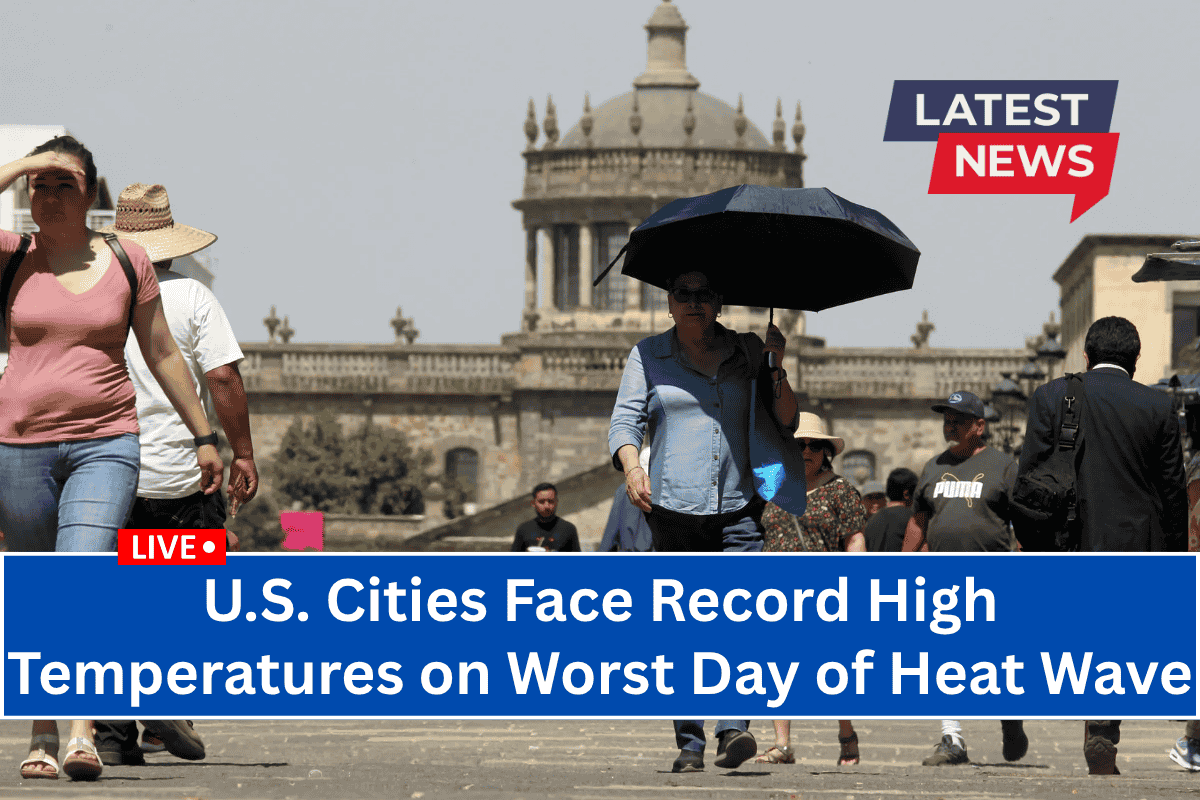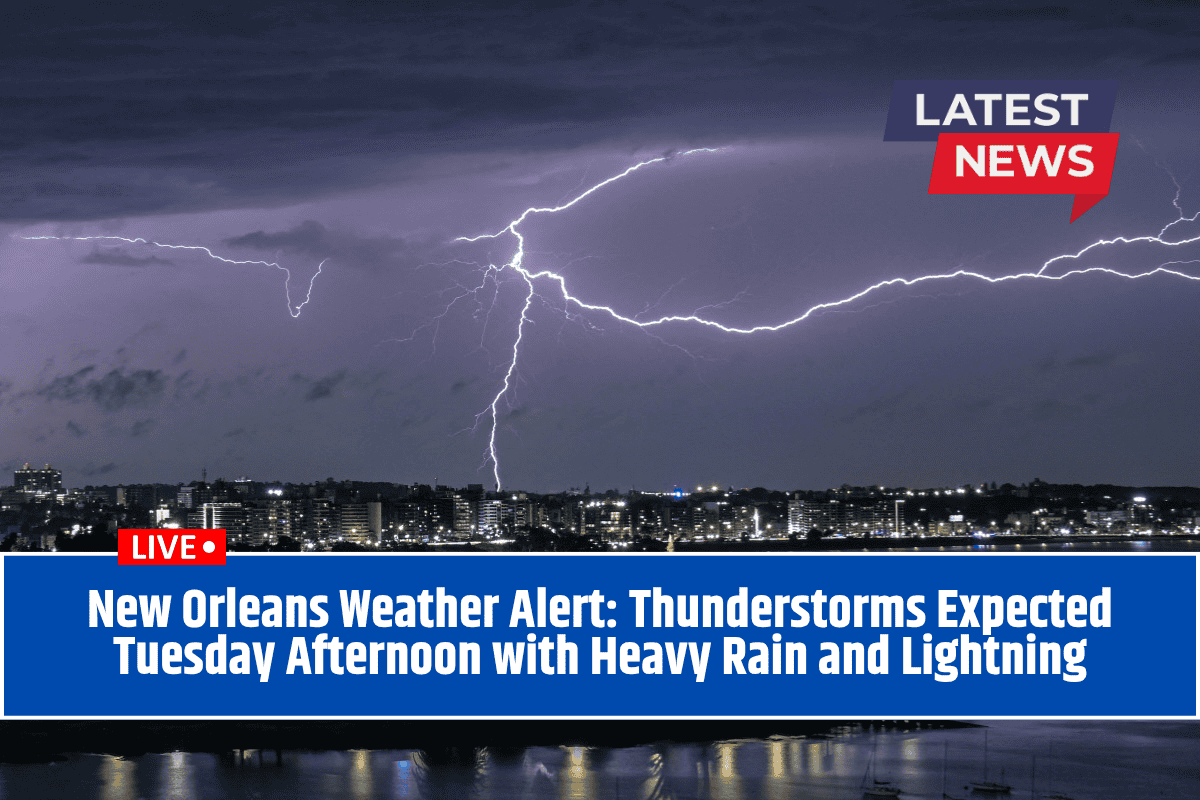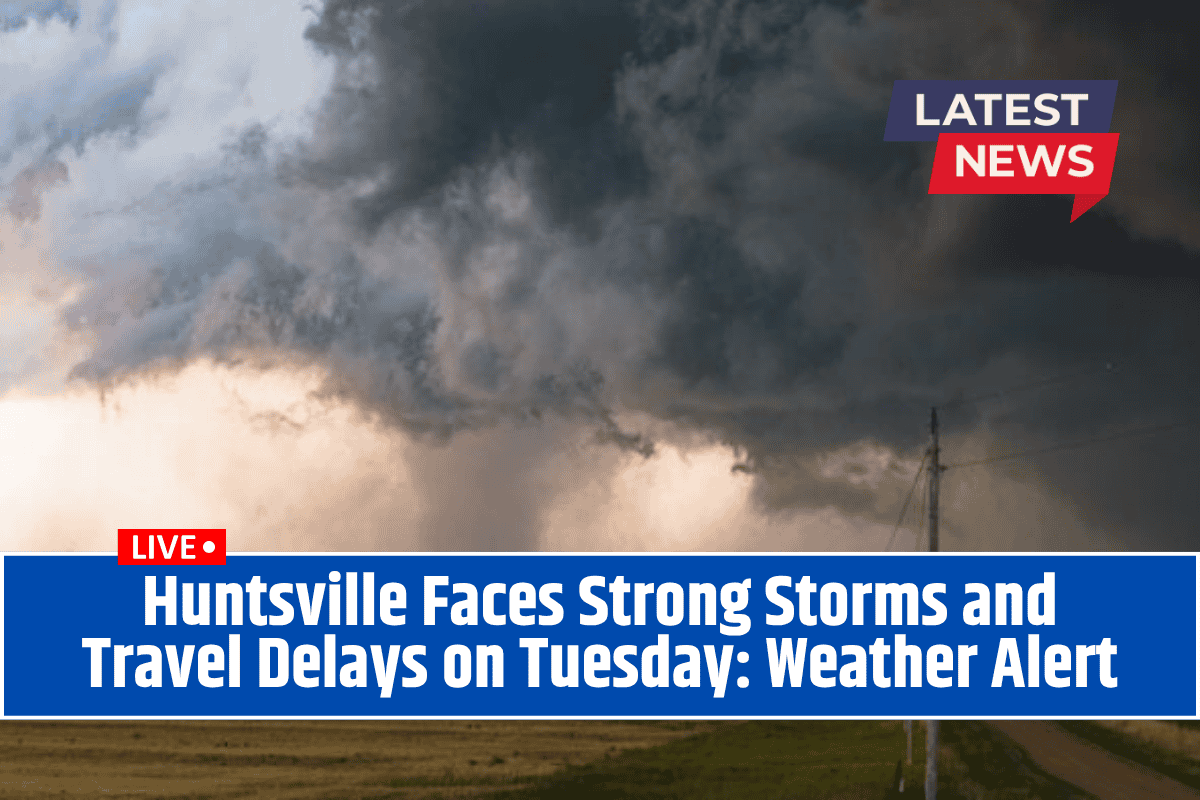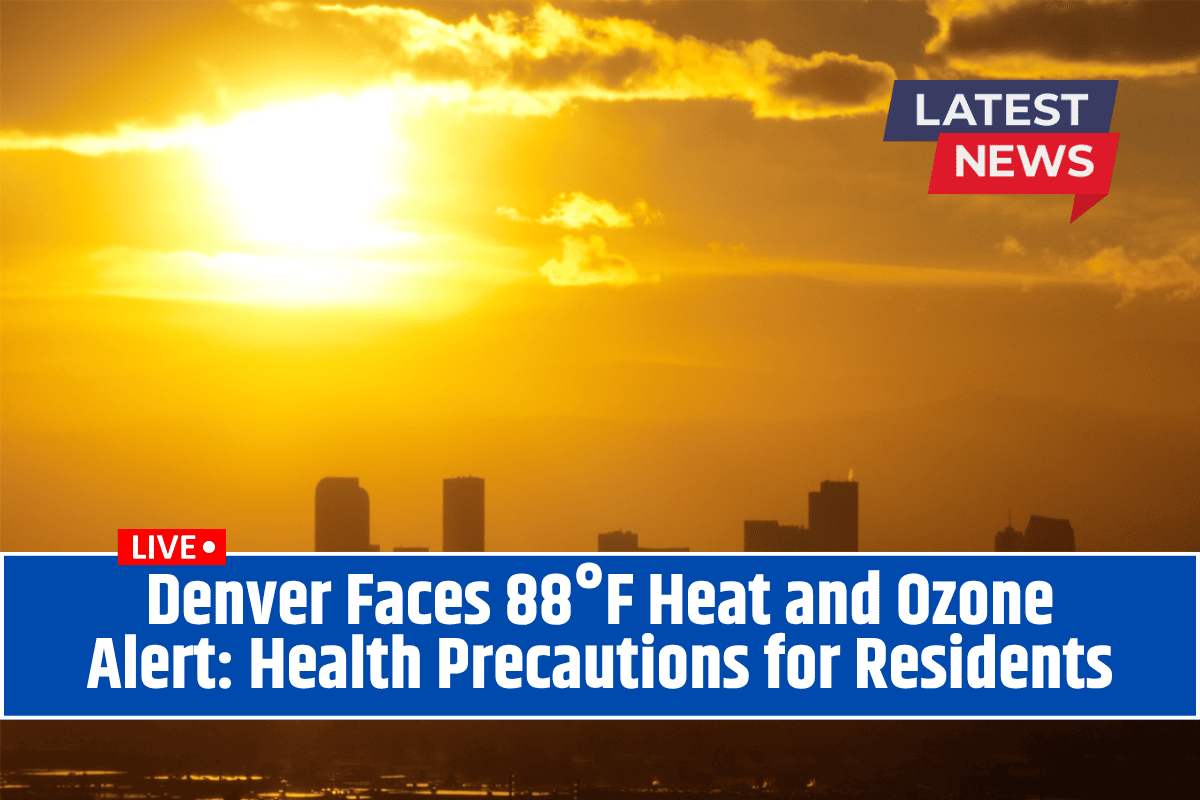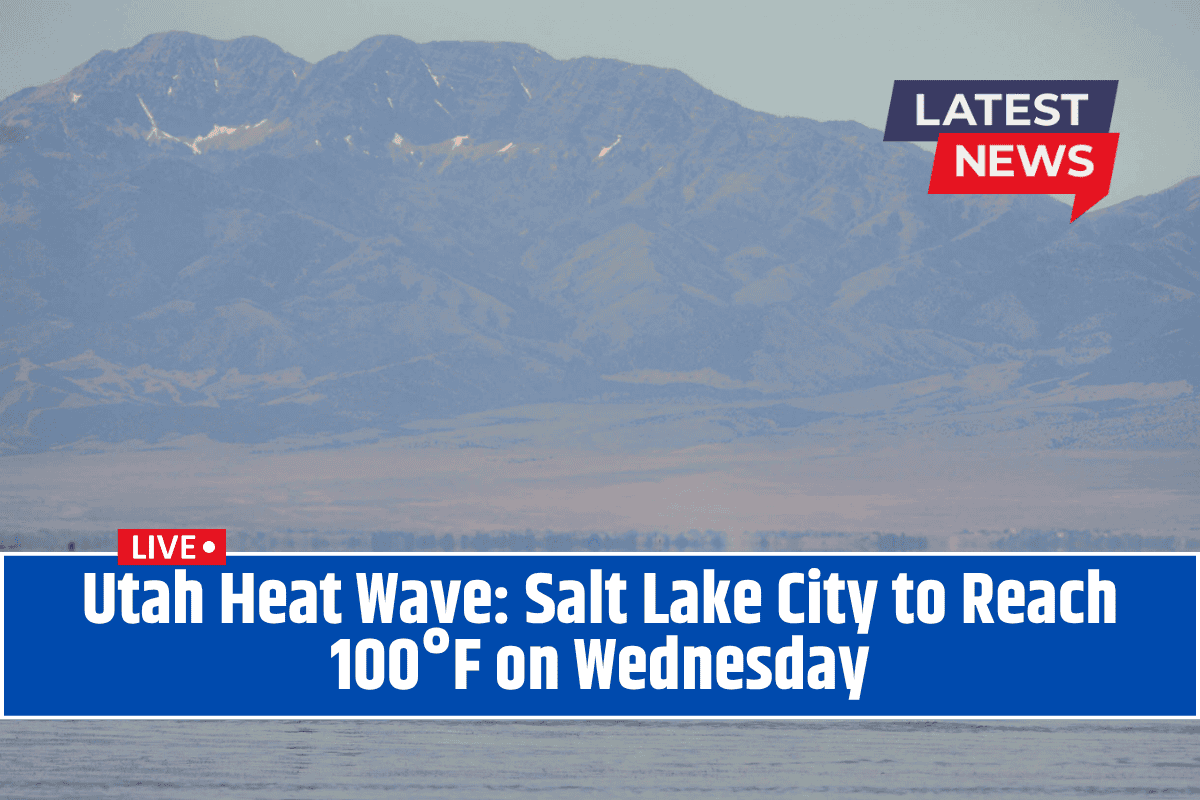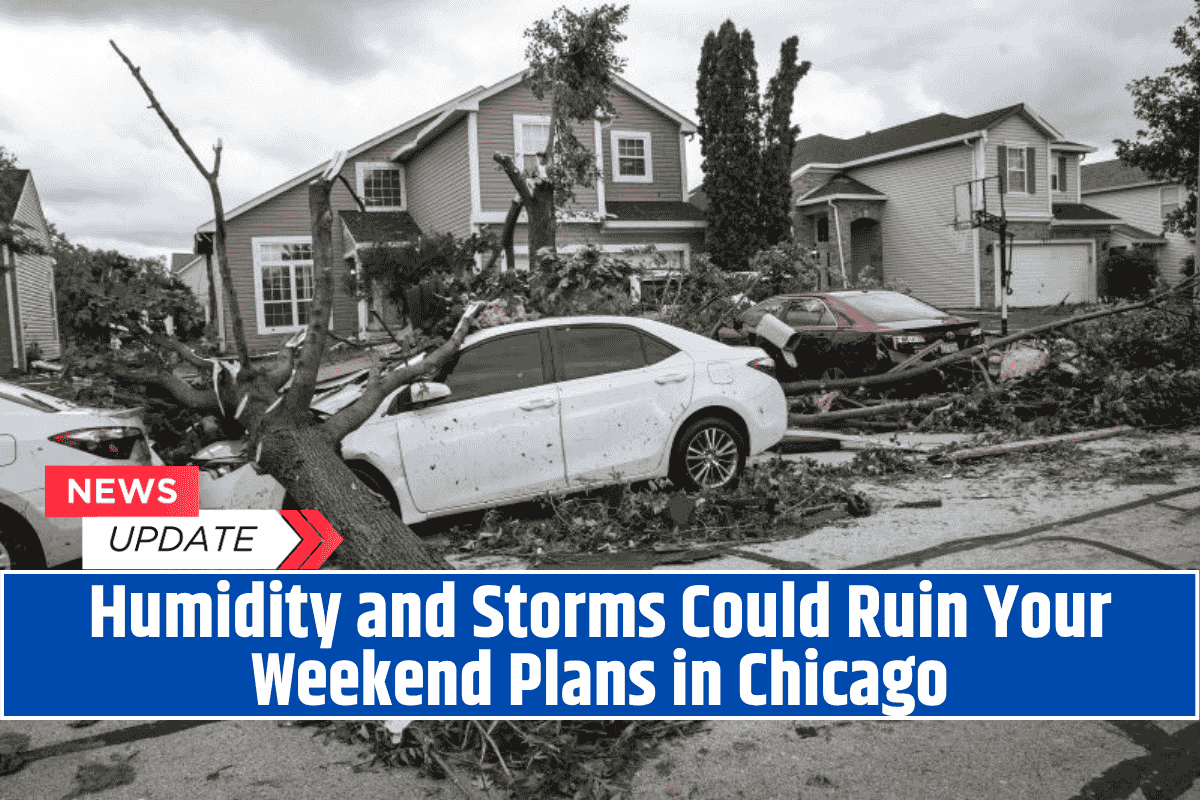NEW YORK, June 24 (Reuters) – On June 24, millions of people in major cities across the Northeast U.S. faced record-breaking temperatures as the region experienced what was expected to be the worst day of a dangerous heat wave.
Record Temperatures Expected
Washington, D.C. and Boston were both forecast to hit 101°F (38°C), breaking previous records by up to 6 degrees. In New York City, temperatures in Central Park were predicted to reach 99°F (37°C), surpassing the area’s old high of 96°F.
The heat was also expected to impact other parts of the Eastern U.S., including northern Georgia, the Carolinas, Virginia, Maryland, and Pennsylvania, according to the National Weather Service (NWS).
“It looks like today is probably the worst day for widespread heat records,” said Bob Oravec, lead forecaster at the NWS. He added that the Northeast was facing the most intense heat.
Disruptions Due to the Heat
The extreme temperatures caused disruptions in the Northeast, including public transportation. Amtrak, the U.S. passenger railroad service, announced that it would have to slow train speeds between Washington and New York, and between Philadelphia and Harrisburg from 12 p.m. to 8 p.m., leading to potential delays.
In Washington, the Washington Monument was closed on Tuesday and Wednesday due to the extreme heat, according to the National Park Service.
Construction Adjustments for Worker Safety
Construction companies also took measures to protect workers in the dangerous heat. Fluor, a construction firm in Indiana, set up cooling stations and provided heavy-duty water bottles for over 2,000 workers. They also adjusted work schedules, starting shifts an hour earlier to avoid the hottest part of the day.
Voters Endure Heat at Polling Stations
In New York City, residents heading to polling stations for the primary elections had to endure the soaring temperatures. Alex Antzoulatis, 53, an accountant, told Reuters he regretted not voting by mail after experiencing the 100°F heat at a poll site in Astoria, New York. He said, “The heat will keep a lot of people away.”
Crop Damage Due to Heat and Dryness
The heat wave also impacted crops in the U.S. Plains and Canada, with Saskatchewan in Western Canada suffering from dryness that hindered crop growth. Despite recent rainfall, the damage to crops, like canola and spring wheat, was not fully avoided.
The smoky air from wildfires in the area helped reduce sunlight exposure, which partly saved crops from further damage.
Relief is on the Way
The heat should start to decrease by June 25. According to Oravec, New York City’s temperature is expected to drop to 84°F on Thursday, with a forecast of 75°F by Friday.
